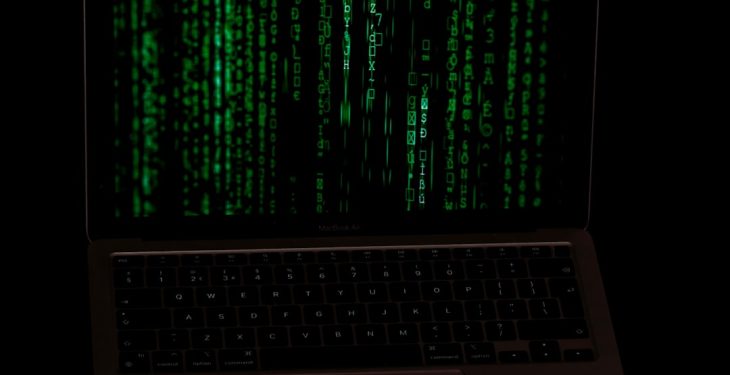Here’s something all SonicWall users need to know: there’s a new security threat on the block. It’s called CVE-2024-53704. Sound scary? It should be. But don’t worry! This article will walk you through what this threat is, why it’s dangerous, and how you can fix it. And we’ll keep it simple. No heavy tech talk — just the facts with a dash of fun.
What Is CVE-2024-53704?
Let’s start with the basics. CVE stands for Common Vulnerabilities and Exposures. It’s like a catalog of weaknesses in software that hackers love to exploit.
CVE-2024-53704 is a new vulnerability found in certain versions of SonicWall’s SSL VPN products. These VPNs let people securely connect to their company’s network from anywhere. So if someone finds a hole in them — it’s a big deal.
Why Should You Care?
Here’s why this matters:
- VPNs protect sensitive data — company emails, files, internal systems.
- If the VPN is hacked, cybercriminals could sneak into your network.
- This vulnerability allows unauthenticated attackers (anyone on the internet!) to run commands or steal session cookies.
Think of it like leaving your front door not just unlocked — but wide open with an “I’m not home” sign outside.

Who’s Affected?
This vulnerability affects several versions of SonicWall’s Secure Mobile Access (SMA) products. Specifically, it was found in the “Virtual Office” web interface — the part users see when they log in to connect remotely.
The affected products are:
- SMA 100 series devices
- Firmware versions prior to 10.2.1.8-37sv
That means if you’re running older firmware, you’re at risk.
What Can Hackers Do With This?
The flaw is related to session hijacking. Sounds cool, right? But it’s very bad.
Here’s what could happen:
- You log in to your SonicWall SSL VPN.
- Your session cookie is stored temporarily.
- A hacker using the vulnerability can steal that cookie.
- They can then pretend to be you — gaining access without logging in.
This is called a Man-in-the-Middle (MitM) attack. It puts all your data at risk.

How Was It Discovered?
Security researchers spotted CVE-2024-53704 during routine bug hunting. They noticed the VPN’s login page didn’t handle session tokens carefully. Great catch!
They alerted SonicWall, and credit goes to them for acting quickly. SonicWall didn’t waste time in fixing the issue once it was reported.
What Has SonicWall Done?
SonicWall released a patch — a small software update — to fix the problem. That patch changes how session data is stored and prevents hijacking attacks.
Firmware version 10.2.1.8-37sv and above are safe to use. If that’s what you’re running, breathe easy!
What Should You Do?
If you’re a SonicWall user or admin, here’s your to-do list:
1. Check Your Firmware
Log in to your SonicWall device and check the current firmware version. If it’s older than 10.2.1.8-37sv, you need to update. Stat!
2. Update Immediately
SonicWall has made the needed firmware available on their official support site. Download and install it. It doesn’t take long and can save your system from a breach.
3. Enforce Strong User Policies
Remind users to:
- Log out when they finish using the VPN
- Use long, complex passwords
- Never share session links or tokens
4. Enable MFA (Multi-Factor Authentication)
This won’t fix the bug, but it adds another layer of protection. Always a smart move.
The Bigger Picture
CVE-2024-53704 is just one of hundreds of vulnerabilities that show up every year. It’s part of a bigger issue — how fast security threats evolve.
Companies have to stay alert. Bad guys are always looking for holes, and even small bugs can lead to big breaches.
That’s why routine updates and good security habits are key. A little care now can stop a lot of trouble later.
Lessons Learned
This whole story gives us a few important takeaways:
- Simple bugs can open dangerous doors. Even session cookies can be deadly in the wrong hands.
- Updates matter. Never skip a security update — that “Remind Me Later” button can cost you.
- Vigilance is vital. Rotate passwords, check logs, and learn about new CVEs when they come out.

Wrapping It Up
So, what’s the TL;DR (too long; didn’t read)? Let’s sum it up:
- CVE-2024-53704 is a dangerous VPN vulnerability in SonicWall products.
- It lets attackers hijack user sessions. No password needed.
- SonicWall has fixed it in firmware 10.2.1.8-37sv.
- If you’re not updated yet — go do it now!
Final Thought
Cybersecurity can feel overwhelming. But it’s like brushing your teeth — a little effort every day goes a long way.
Update. Use good passwords. Enable MFA. And stay informed.
With that, you can smile knowing your VPN is safe and sound. Happy surfing!
